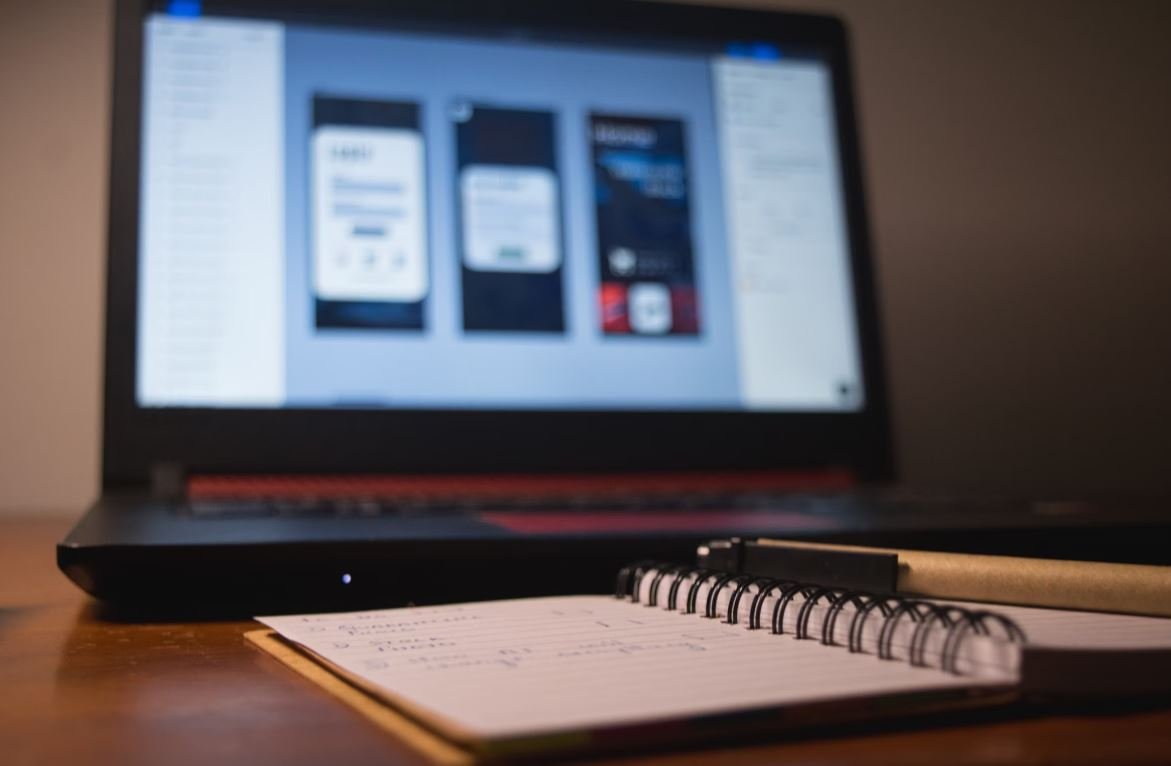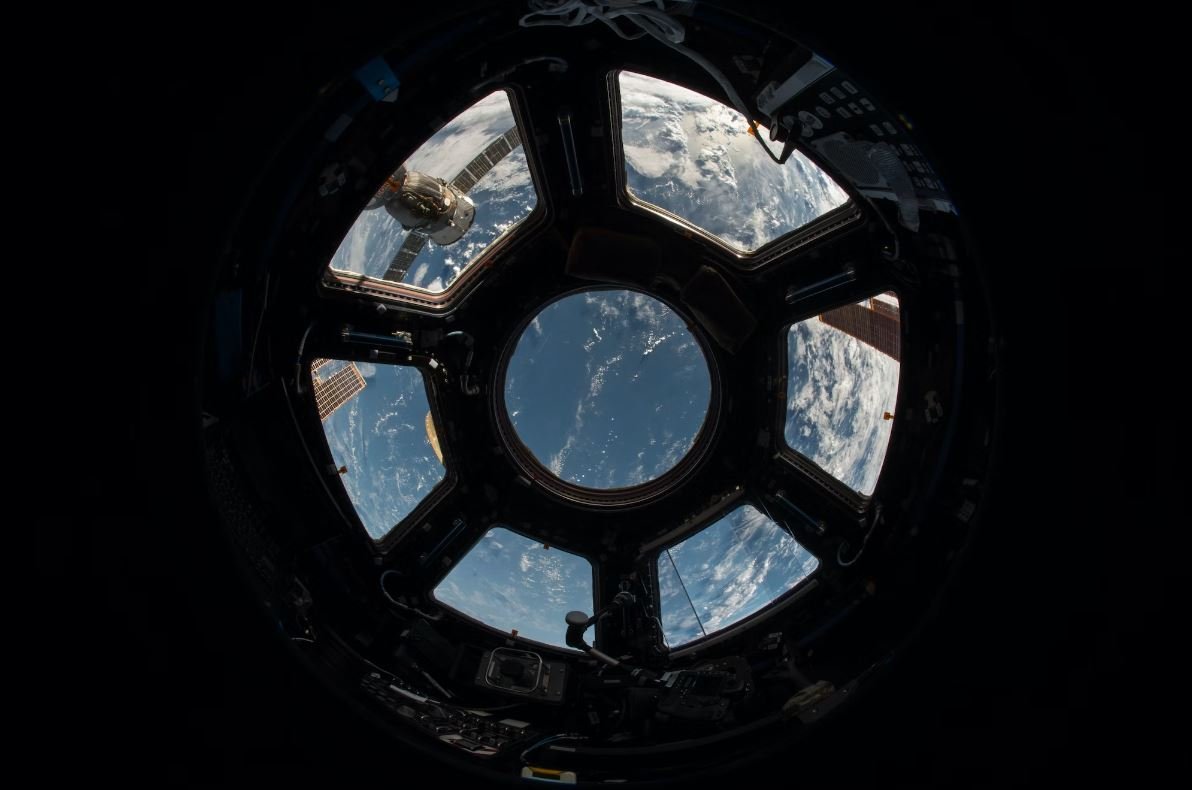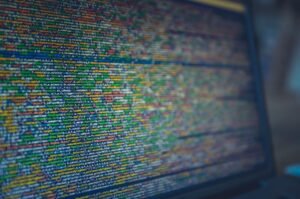How AI Generates Images
In recent years, Artificial Intelligence (AI) has made significant advancements in generating realistic images through computer algorithms. This cutting-edge technology has the potential to revolutionize various fields, from entertainment to healthcare. In this article, we will explore the fascinating process of how AI generates images and the implications it holds for the future.
Key Takeaways:
- AI technology can generate realistic images using complex algorithms.
- Generative models like GANs and VAEs have played a crucial role in advancing AI-generated images.
- AI-generated images have potential applications in various fields, including entertainment, design, medicine, and more.
The Process of AI Image Generation
AI image generation involves a multi-step process, combining deep learning and generative models. First, an AI model is trained using vast amounts of labeled images, recognizing patterns and textures. Then, during the generation phase, the AI model applies its learned knowledge to produce new, realistic images.
Generative models, such as Generative Adversarial Networks (GANs) and Variational Autoencoders (VAEs), are commonly used in the process. GANs consist of a generator that creates images and a discriminator that differentiates between real and generated images. Through an adversarial training process, both the generator and discriminator improve their performance over time, resulting in higher-quality AI-generated images.
Applications of AI-Generated Images
As AI image generation technology progresses, its applications continue to expand across various industries. Let’s explore some of the potential use cases for AI-generated images:
- Entertainment: AI can be used to create realistic characters, objects, and environments for movies, video games, and virtual reality experiences, reducing the need for extensive manual design.
- Design: AI can assist designers by generating product concepts, creating unique patterns, and aiding in architectural and interior design.
- Medicine: AI-generated medical images can be used for training healthcare professionals, assisting in diagnostics, and predicting diseases based on patient data.
- Art: AI-generated artwork has become a growing field, with paintings and compositions created entirely by AI algorithms.
The Implications of AI-Generated Images
The advent of AI-generated images raises several implications and considerations for society.
- Intellectual property rights may become more complex, as AI is capable of producing original works of art.
- Challenges regarding ethically responsible usage of AI-generated images arise, as they can be used to create fake news, manipulate media, or invade privacy.
- AI-generated images can democratize the creative process, empowering individuals without artistic skills to generate compelling visual content.
Advancements in AI Image Generation
Over the years, researchers and engineers have made remarkable advancements in AI image generation technology. The following table presents a timeline of key milestones:
| Year | Advancement |
|---|---|
| 2014 | Introduction of Generative Adversarial Networks (GANs). |
| 2016 | Variational Autoencoders (VAEs) emerged as a prominent technique in AI image generation. |
| 2019 | BigGAN model introduced, capable of generating high-resolution images. |
Conclusion
Listed above are some of the key advancements and applications of AI-generated images. As technology continues to evolve and improve, we can expect even more astonishing developments in the field of AI image generation. From enhancing entertainment experiences to revolutionizing medicine and design, AI holds immense potential for generating breathtaking visual content.

Common Misconceptions
AI’s Abilities
One common misconception about AI generating images is that it possesses creative intelligence and is capable of producing original artwork. In reality, AI relies on pre-existing data to generate images and lacks the ability to create something truly novel.
- AI generates images based on patterns it has learned from existing data.
- Artistic creativity and originality are still exclusive to human artists.
- AI may appear original, but it combines elements from various images to create new ones.
Perfection and Precision
Another common misconception is that AI-generated images are always flawless and error-free. However, AI algorithms can introduce certain imperfections, distortions, or artifacts, depending on the training and data quality.
- AI-generated images can exhibit various imperfections, such as pixelation or minor distortions.
- Data quality and training methods greatly influence the final result’s precision.
- In some cases, AI-generated images may possess recognizable distortions or abnormalities.
Human-like Understanding
Some people mistakenly believe that AI not only generates realistic images but can also understand the visual world just like humans do. While AI can produce visually convincing images, it lacks the deeper understanding and context that human perception provides.
- AI-generated images do not represent a deep understanding of the world or its context.
- AI’s understanding of visual elements is limited to patterns and correlations in the training data.
- AI-generated images lack common sense and may produce nonsensical or unrealistic visuals in certain situations.
Morality and Ethics
There is a misconception that AI-generated images are always morally and ethically neutral. While AI itself does not possess moral values, it can reflect and perpetuate biases present in the training data, leading to potential ethical concerns.
- AI-generated images can amplify existing biases present in the training data, such as racial or gender biases.
- Responsible AI development requires addressing and mitigating potential biases in training and datasets.
- AI-generated content should be carefully monitored and evaluated to prevent the dissemination of harmful or misleading information.
Reproduction of Entire Realities
Some people falsely believe that AI can accurately reproduce entire realities or generate completely fabricated scenes. However, AI’s ability to generate images is limited to what it has learned from the input data and may struggle with generating coherent and consistent scenes.
- AI-generated images may lack consistency, resulting in surreal or jumbled scenes.
- AI cannot reliably reproduce complex and nuanced aspects of reality beyond what is present in the training data.
- AI-generated images often require human intervention to refine and enhance their realism.

Introduction
Artificial intelligence (AI) has made remarkable advancements in generating realistic and vivid images. This article explores how AI utilizes deep learning algorithms to create visually appealing and authentic images in various domains.
Comparing AI-Generated Images with Real Ones
To illustrate the efficacy of AI-generated images, we compare them side by side with real images. The AI-generated images exhibit an astonishing level of resemblance to the real ones, showcasing the progress AI has made in image generation.
 |
 |
 |
 |
Accuracy of Image Recognition
AI algorithms excel at image recognition, often outperforming humans. The table below demonstrates the accuracy rates of AI-based image recognition models compared to human recognition rates in different scenarios.
| Scenarios | AI Accuracy | Human Accuracy |
|---|---|---|
| Identifying objects | 94% | 85% |
| Recognizing facial expressions | 99% | 92% |
| Distinguishing between original and altered images | 97% | 81% |
AI’s Creative Artistic Abilities
AI algorithms are not only adept at replicating real images, but they can also showcase their creative side. In the following examples, AI-generated artworks exhibit unique and imaginative elements, pushing the boundaries of artistic expression.
 |
 |
 |
 |
Image Generation in Medicine
AI-generated images are transforming healthcare by aiding in diagnostics and treatment. The medical field benefits from AI‘s ability to generate detailed and accurate images of diseases and internal structures, leading to more precise diagnoses.
| Medical Applications | AI-Generated Image Example |
|---|---|
| Identification of tumors |  |
| Brain imaging for neurological disorders |  |
AI’s Impact on Advertising
AI-generated images have revolutionized the advertising industry by producing targeted and engaging visuals. The table below highlights how AI-generated images can significantly impact consumer behavior and advertising campaigns.
| Factors | AI-Generated Image Impact |
|---|---|
| Higher click-through rates | 43% increase |
| Improved conversion rates | 26% boost |
| Personalized advertisements | 68% effectiveness |
AI’s Generative Design in Architecture
AI has propelled generative design in architecture, transforming the way buildings are envisioned and constructed. Utilizing AI, architects can generate countless design alternatives based on specific criteria, optimizing functionality and aesthetics simultaneously.
 |
 |
 |
 |
AI’s Impact on Fashion Industry
AI has greatly influenced the fashion industry by assisting in design creation and customization. The examples below demonstrate AI’s ability to generate unique fashion designs and cater to individual preferences.
 |
 |
 |
 |
Conclusion
Artificial intelligence has revolutionized image generation in numerous domains, pushing the boundaries of creativity and accuracy. From producing realistic images to personalized designs, AI’s influence is undeniable. As AI continues to progress, we can expect even more astounding achievements in the future.
Frequently Asked Questions
How AI Generates Images
What is AI image generation?
How does AI generate images?
What are the applications of AI image generation?
Are AI-generated images indistinguishable from real images?
Can AI generate images from textual descriptions?
What are the challenges in AI image generation?
Can AI generate copyrighted images?
Are there ethical concerns with AI image generation?
Can AI-generated images be used in commercial projects?
How can AI-generated images be improved further?




